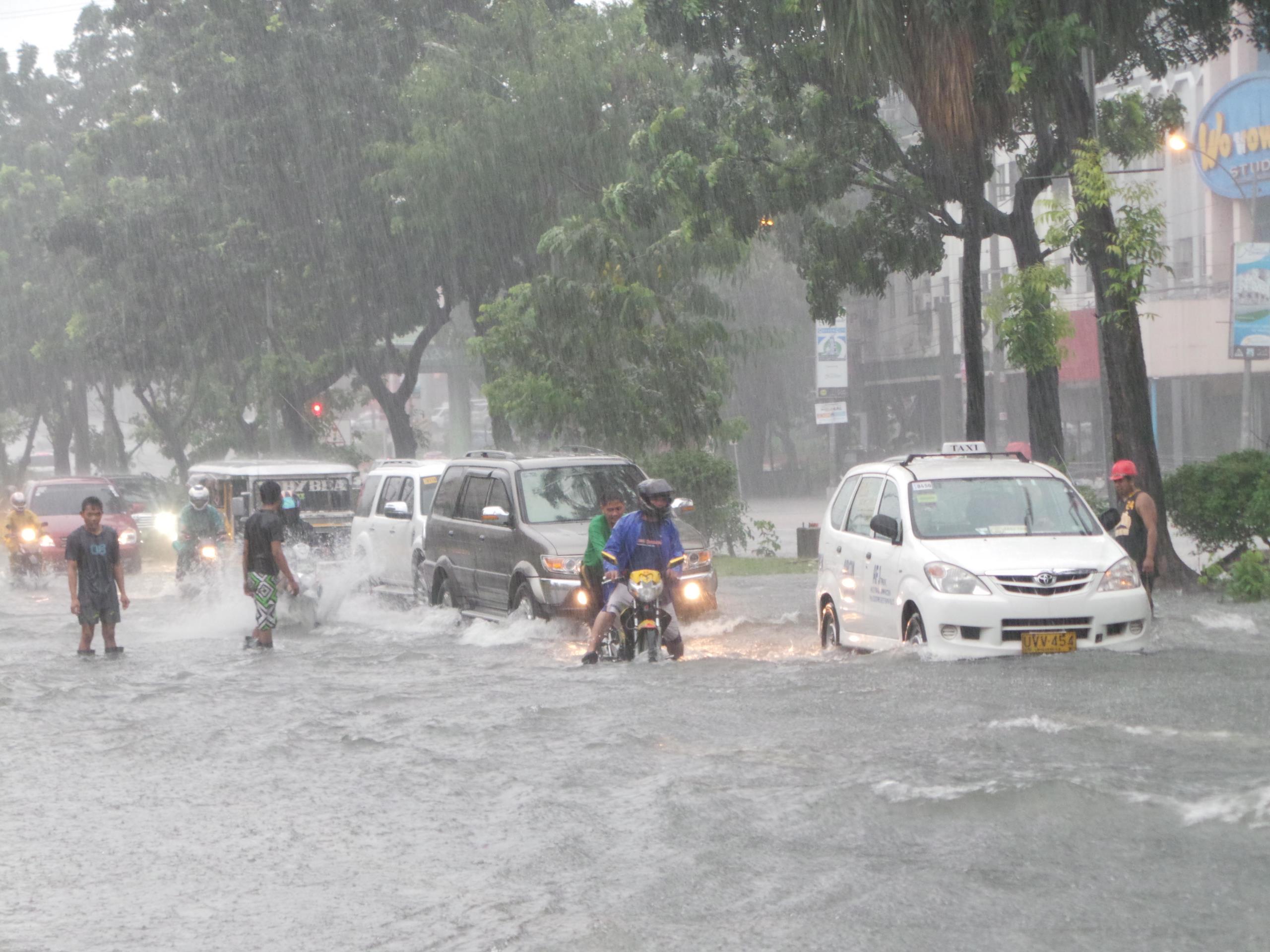No turning away
Mike Haigh, Mott MacDonald Group managing director
For infrastructure professionals, climate change needs to be the next big cultural and behavioural shift, becoming ingrained to the same level as health and safety, and given the same focus as security and staff wellbeing currently receive.
At Mott MacDonald and other major engineering companies, meetings often start with a ‘health and safety moment’, reporting of ‘near misses’ is used to address the causes of potential accidents, positive interventions are celebrated and billboards proclaim successes. Health and safety are fundamental to our business – key performance indicators, reported alongside revenue and profit.
We recognise our obligation, and need to achieve the same level of awareness and proactive engagement, to address the dual faces of climate change. These are the carbon emissions from creating and operating infrastructure, and resilience to increasingly severe and frequent weather events and sea level rise.
Climate change is being pushed up our industry’s agenda by the Financial Stability Board’s Task Force on Climate-related Financial Disclosures (TCFD). Many of the biggest investors in infrastructure worldwide are signed up to the TCFD guidelines, which require disclosure of the climate risks to their investments. The aim is to protect shareholders from financial losses by making assets more resilient.
This has initiated a chain of events that may result in professionals being held to account if they neglect to address climate change in future infrastructure investments.
In February Legal & General Investment Management’s head of corporate governance, Sacha Sadan, wrote to the Institution of Civil Engineers and other professional institutions, calling on them to make climate change “an integral part of the professional qualification and practice of your members.”
The letter highlights the need for urgent action: “Leadership by your professional body to embed this revolutionary change into how we design and implement and create our built environment within the next 10-20 years is fundamental.”
Will the ICE and other professional bodies act? They must. The ICE’s old mission statement ‘Harnessing the forces of nature for the benefit of mankind’, and the snappier update ‘Shaping the world’ are both laden with responsibility. In the process of using capital to create infrastructure that efficiently, profitably and sustainably serves society, the ICE and its member engineers need to manage all forms of risk, and climate change is increasingly showing itself as one of the biggest risks that society faces.
If in future professional engineers are found incompetent or negligent of climate change risks – if society and investors suffer losses as a result – then accountability will be demanded.
The infrastructure industry doesn’t have to wait for the institutions to lead the response to L&G. A growing number of organisations, including Mott MacDonald, are already looking at what they do in the context of the United Nations’ Sustainable Development Goals, which provide a useful framework for decision-making. Addressing the causes and effects of climate change has bearings on most of the 17 SDGs in some way – and SDG 13, on climate action, specifically.
The TCFD guidelines suggest action in four areas: governance, strategy, risk management, and metrics and targets. All parts of our industry can show leadership, and it needs to start in individual boardrooms.
Mott MacDonald has been developing core capabilities to tackle climate change for the last five years. We’ve a lot further to go, but so far we have:
- Invested £1.5M in a climate resilience initiative that works across the company – all infrastructure sectors and geographical regions – to assess threats, identify investment solutions, shape climate resilient designs, and advise on risk management in asset operation.
- Committed to assess the climate resilience and carbon footprint of every project with a capital value of over £10M, whether our clients ask for it or not.
- Developed skills and tools specifically aimed at assisting those financial sector organisations at which TCFD is targeted.
- Incorporated carbon into our corporate decision-making and risk management methodology.
- Reported our emissions annually through the CDP and reduced our per capita footprint 5% year on year.
It’s a start, and demonstrates that we practice what we preach when providing climate change advice to clients in the financial and infrastructure industries. But as the industry has found with health and safety in the past, it takes a lot to embed a new culture and change behaviours.
Severe weather impacts are being felt today (America’s 2017 hurricane season alone caused US$300bn of losses, the US National Oceanic & Atmospheric Administration has calculated) and will get dramatically worse under all feasible climate change scenarios. That’s why we need climate change clearly on our agendas.
Mott MacDonald and all others in the infrastructure sector must show leadership in responding to the causes and impacts of climate change by communicating them visually, verbally and digitally, at every opportunity. We need to be doing this for our staff as well as our clients, to protect against the risks and develop the opportunities presented by climate change.
There’s no time to lose. On our current emissions trajectory the world will be 4-5°C hotter by the end of this century than it was before the industrial revolution. It doesn’t sound a huge amount, but under that scenario most of the world’s capital cities, and countless millions of the population, will be impacted by sea-level rise, water stress and food sufficiency. About 1°C of warming has taken place to date, and the climate impacts feel serious enough already.
It is time for engineers to shape the world – and save it.





